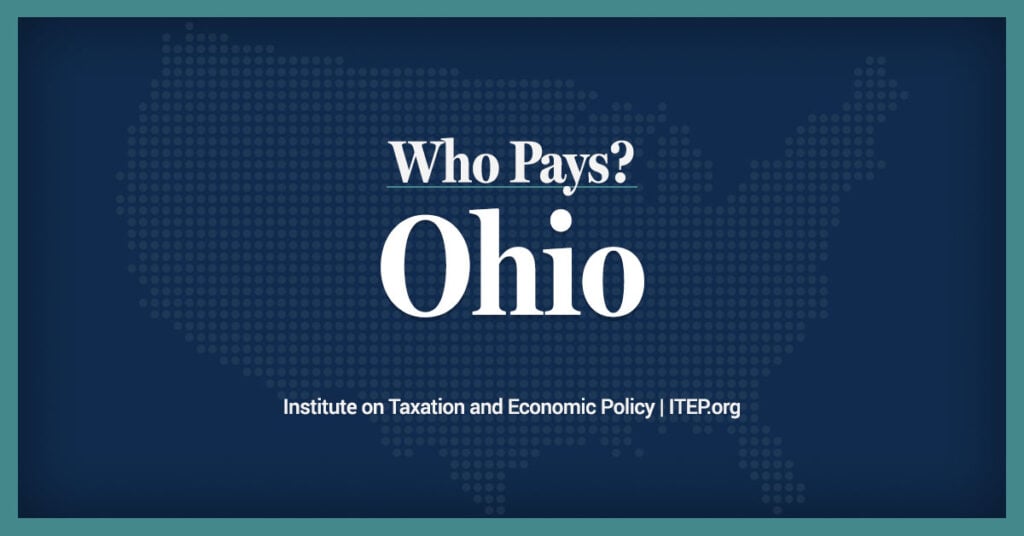(Original Post)
Ohio Sen. Chris Widener (R., Springfield) deserves credit for his key vote to expand Medicaid in Ohio.
But his second act — turning the expansion’s estimated savings into an income tax break for Ohioans — is another matter. It represents a spin for his conservative base and another unnecessary measure to reward the rich and ignore the poor.
Mr. Widener was one of two Republicans whose decisive votes on a state budgetary panel authorized the first phase of an expansion of Ohio’s Medicaid program.
The state Controlling Board voted 5-2 to accept federal money to extend eligibility in the Medicaid health-insurance program to 275,000 Ohioans, most of them working poor. The federal Affordable Care Act, also known as Obamacare, will pay nearly all the cost of the expansion.
Gov. John Kasich notably engineered the vote, now challenged by six Republican state representatives and the Cleveland and Cincinnati chapters of Right to Life.
After the vote, Mr. Widener proposed taking an estimated $400 million in savings from the expansion and turning it into a 4 percent across-the-board income tax cut in 2014.
Any “across-the-board” tax break from Columbus, despite its egalitarian guise, rewards the rich at the expense of the middle class and poor.
Consider these figures from the Institute on Taxation and Economic Policy, a nonprofit Washington research group that analyzed the effects of Mr. Widener’s proposal:
Ohioans in the top 1 percent, earning $360,000 or more a year, would get an average yearly reduction of $1,437. Those at the bottom, making under $19,000, would get an average $1 deduction, enough for a cup of coffee.
Mr. Widener’s proposal comes on top of recent state tax changes in which a three-year, 10 percent income tax cut will, in effect, give one-third of the tax cuts to the top 1 percent.
Instead, Medicaid expansion savings should go toward restoring Ohio College Opportunity Grant aid to public community college students, increasing the numbers of police officers and firefighters around the state, and hiring more teachers.
Mr. Widener’s proposal is little more than grandstanding. If savings did result, they would push the state’s rainy day fund over its $1.5 billion statutory limit and automatically trigger an income tax break for Ohioans.
Ohio Sen. Chris Widener (R., Springfield) deserves credit for his key vote to expand Medicaid in Ohio.
But his second act — turning the expansion’s estimated savings into an income tax break for Ohioans — is another matter. It represents a spin for his conservative base and another unnecessary measure to reward the rich and ignore the poor.
Mr. Widener was one of two Republicans whose decisive votes on a state budgetary panel authorized the first phase of an expansion of Ohio’s Medicaid program.
The state Controlling Board voted 5-2 to accept federal money to extend eligibility in the Medicaid health-insurance program to 275,000 Ohioans, most of them working poor. The federal Affordable Care Act, also known as Obamacare, will pay nearly all the cost of the expansion.
Gov. John Kasich notably engineered the vote, now challenged by six Republican state representatives and the Cleveland and Cincinnati chapters of Right to Life.
After the vote, Mr. Widener proposed taking an estimated $400 million in savings from the expansion and turning it into a 4 percent across-the-board income tax cut in 2014.
Any “across-the-board” tax break from Columbus, despite its egalitarian guise, rewards the rich at the expense of the middle class and poor.
Consider these figures from the Institute on Taxation and Economic Policy, a nonprofit Washington research group that analyzed the effects of Mr. Widener’s proposal:
Ohioans in the top 1 percent, earning $360,000 or more a year, would get an average yearly reduction of $1,437. Those at the bottom, making under $19,000, would get an average $1 deduction, enough for a cup of coffee.
Mr. Widener’s proposal comes on top of recent state tax changes in which a three-year, 10 percent income tax cut will, in effect, give one-third of the tax cuts to the top 1 percent.
Instead, Medicaid expansion savings should go toward restoring Ohio College Opportunity Grant aid to public community college students, increasing the numbers of police officers and firefighters around the state, and hiring more teachers.
Mr. Widener’s proposal is little more than grandstanding. If savings did result, they would push the state’s rainy day fund over its $1.5 billion statutory limit and automatically trigger an income tax break for Ohioans.





